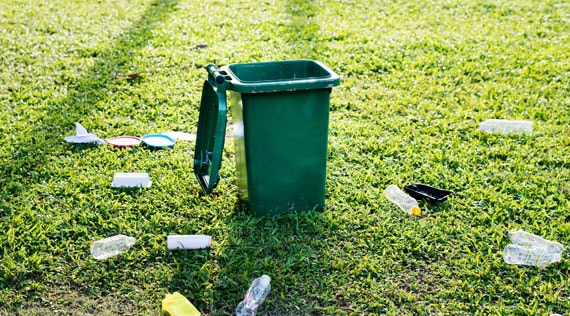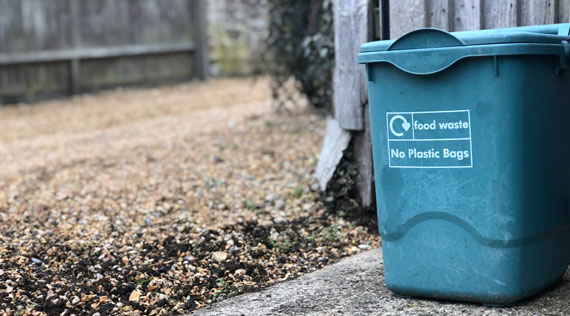DENVER — Colorado is one the 20 worst states in the nation when it comes to recycling. An annual State of Recycling and Composting report by the Colorado Public Interest and Research Group and Eco-cycle found that the state only recycles 15% of its waste overall.
“Despite our green reputation, Colorado’s recycling rate is pretty abysmal,” said Danny Katz, the executive director of the Colorado Public Interest and Research Group (CoPIRG).
Colorado’s rate is less than half the national average of 32%. The state’s numbers for plastic recycling are even worse; only 9% of plastic containers and packaging is recycled.
Meanwhile, Colorado consumers threw roughly 5.9 million tons of trash into landfills in 2020, according to the report. Waste that ends up in landfills does not break down into something that’s compostable and often turns into pollution of one type or another.
“We estimate that even with a 15% recycling rate, we are removing the equivalent of about 400,000 cars worth of carbon pollution from the air,” Katz said.
Some cities are doing better than others when it comes to recycling. The city of Loveland was ranked No. 1 in the report for its recycling rate of 53%. Boulder, Fort Collins, Aspen and Durango were also acknowledged for their progress in recycling.
Normally, Tyler Bandemer, from the Loveland’s solid waste division, says the city is closer to 60% diversion.
“We’re really trying to do the right thing and keep material out of our landfill,” Bandemer said.
The city started its recycling program in the mid-1990’s with a pay-as-you-throw program. Residents pay for the amount of garbage they get rid of each year to help fund the recycling program and encourage participation.
Bandemer credits yard waste recycling for playing a major role in the city’s diversion program to keep things like wood, grass and leaves out of landfills.
Loveland also tries to make its recycling program straightforward with informational videos and examples on its website of what the recycling program does and does not accept.
“There’s so much confusion with recycling that I think sometimes people throw their hands up in the air a little bit because of something as simple as, 'This plastic has a 1-7 number on it.' What does that mean to them?” Bandemer said. “I think when you make it easy for folks, it does become second nature just because it’s just what we do.”
A lot of what can and cannot be recycled comes down to the city in which you live. Some cities accept different plastics or things like pizza boxes, while others do not.
Katz says the state’s patchwork recycling system causes frustration for consumers and that a more centralized approach might be better.
Part of the statewide change CoPIRG and Eco-cycle are pushing for is a producer responsibility bill at the legislature. The legislation would push for producers to play more of a role in financing and expanding recycling programs in the state.
The groups would like to see producers be required to cut down on the amount of packaging used for each product — from the carboard boxes to the plastic wrapping.
However, the most important component to boosting the state’s recycling numbers is access, according to Katz.
“The single biggest thing cities can do is make sure every time you have a trash bin for somebody there’s also a recycling bin and ideally a compost bin as well,” he said.

